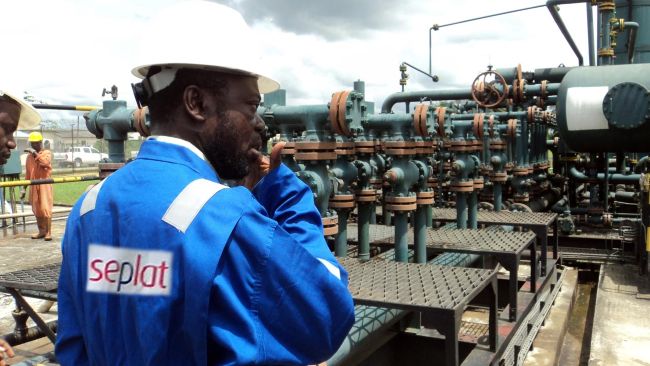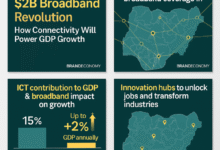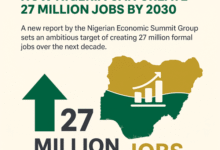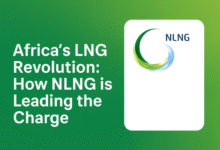How Seplat’s 850MMscfd Push in Gas Infrastructure Is Powering a New Industrial Era for Nigeria
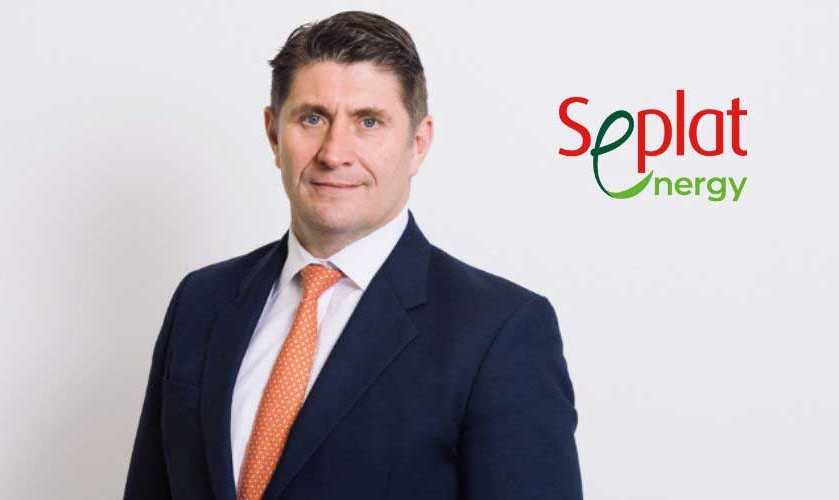
In a bold step toward solving Nigeria’s chronic energy poverty, Seplat Energy has deployed over 850 million standard cubic feet per day (MMscfd) of gas infrastructure – excluding capacity from its recent Mobil Producing Nigeria Unlimited (MPNU) acquisition. This move positions Seplat at the forefront of Nigeria’s natural gas transformation.
Energy Poverty & the Gas Imperative
Despite its abundant gas reserves, Nigeria has struggled to convert potential into reliable energy. With over 85 million Nigerians lacking access to grid power, gas offers a lifeline for industries, homes, and public infrastructure. But the gap between demand and infrastructure capacity remains wide.

Inside Seplat’s Infrastructure Play
According to COO Samson Ezugworie, Seplat has completed over 850MMscfd of gas installations to meet local demand. The addition of MPNU assets is expected to unlock even more reserves for domestic use.
“We intend to utilise a significant portion of this gas to further power homes and industries across Nigeria,” Ezugworie said.
Key Projects:
- Sapele Integrated Gas Plant (Operational Module 1, full in 2025)
- Western Asset Flares Out Project
- Oben & Sapele LPG Projects
- Ohaji Flares Out Project
Sustainability: Ending Routine Flaring
Seplat is aggressively pursuing an End of Routine Flaring (EORF) agenda, aiming to eliminate flaring across all onshore assets by H2 2025.
“These initiatives are designed to reduce Scope 1 and 2 emissions and boost energy efficiency,” Ezugworie noted.
Capacity Development & Corporate Impact
Seplat’s definition of sustainability extends beyond environment to human capital and community investment.
In 2024 alone:
- 👨🏫 352 teachers trained via STEP
- 👩🎓 6,373 students engaged via Pearls Quiz & STEAM labs
- 👁️ 9,780 people helped via Eye Can See programme
- ⚡ 9 institutions powered through clean energy solutions
“This reflects sustainability—developing talent pipelines to secure Seplat’s future leadership,” Ezugworie said.
What Lies Ahead
With MPNU’s gas assets in play and a full suite of infrastructure rollouts by 2025, Seplat is shaping up as a pillar of Nigeria’s energy transition. The goal? More megawatts, less emissions, and a leap toward energy equity.
Expert View
Energy analyst Dr. Amina Yusuf says:
“Seplat’s model is exactly what Nigeria needs—domestic-focused energy investments with sustainability baked in. But long-term success depends on stable regulation and gas pricing reforms.”
